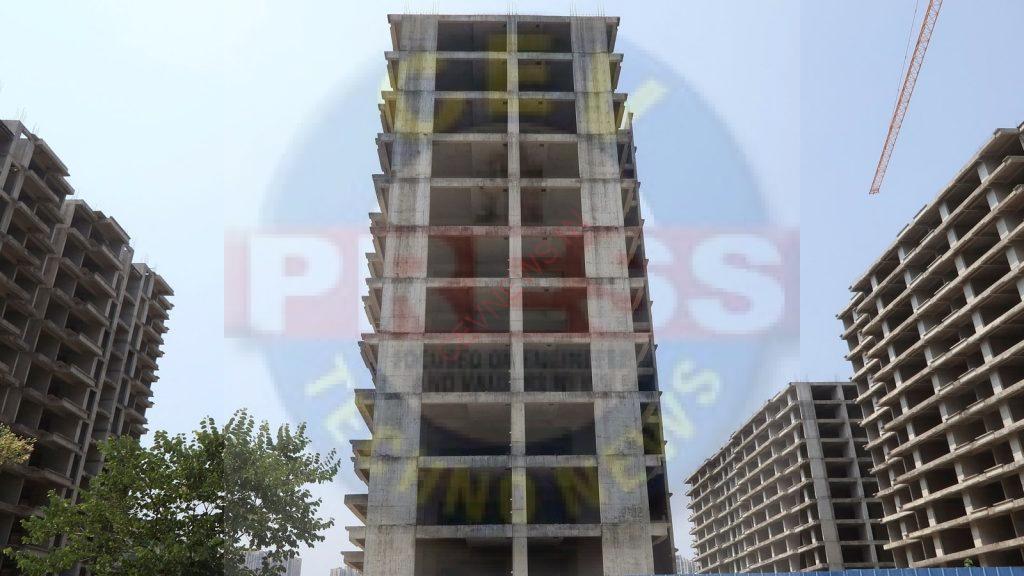RESIDUAL METHOD OF VALUATION FOR LAND, PROPERTY & DEVELOPMENT APPRAISALS
In property development circles the residual method of valuation is an essential valuation tool for any aspiring developer as it helps to quickly identify the value of a development site, land or existing buildings that have the potential to be developed or redeveloped.
The words “property development” and “development appraisal” should go hand in hand. This is because without a carefully constructed budget or detailed development appraisal in place, the risks associated with a development opportunity should be considered to be unmanaged and consequently the chances of achieving a successful project outcome are significantly reduced.
Beware – Leaving things to chance is not a good approach and should carry a serious financial health warning for any prospective developer!
Property Development Appraisals
A well thought out property development appraisal will help you identify your cash flow needs, a critical success factor for any developer.
It is worth noting that cash flow, or the lack of it often proves to be the biggest downfall for many property developers, with many also struggling to come to terms with overspending and underfunding.
Detailed Pre-Project Planning
With this in mind, if you are considering a property development project and want to introduce a good element of financial control, and so minimise your financial risks, you should look to build an accurate development appraisal and pre-plan your project thoroughly from start to finish.
Approach your development project as you would any other typical business project and prepare your development appraisal in the same way you would build a business plan.
If you ask most property developers how they begin to build their budget, identify projected expenditure etc. to get it as accurate as possible, they will often tell you that they start with the residual method of valuation to identify what they can afford to pay for a development site, land or buildings that is to be developed or redeveloped.
Residual Method of Valuation for Land & Property
The residual method of valuation involves a fairly simple calculation that helps property developers to determine a realistic value for the land or property purchase.
The numbers that go behind the equation may be more complex but once these have been determined the residual method of appraisal is a fairly simple calculation to perform… but can prove to be incredibly powerful.
Identifying a realistic idea of land or property values in this way helps a property developer to determine other expenditure and the maximum that they can afford to spend on say site preparation, land remediation, build-costs, professional fees etc. to achieve a profitable project outcome.
The equation for the residual method of valuation in its simplest form is as follows:
Land/Property = GDV – (Construction + Fees + Profit)
Where:
Land/Property = Purchase price of land/property/site acquisition
GDV = Gross development value
Construction = Building and construction costs
Fees = Fees and transaction costs
Profit = Developers profit required
Going into further detail, the amount available for land/site purchase is one of the biggest components of the residual valuation equation as it can identify exactly how much you should initially pay for the development site or building.
It is important to remember that your residual valuation figure, or what you can afford to pay for the site, is unlikely to be the same as the sellers asking price… but this is where good negotiation skills come in to play.
Components of the Residual Method of Valuation Calculation
The various components to the residual method of valuation calculation are described in detail here:
·
Gross Development Value or GDV as it is commonly known is another important part of the residual method of valuation equation and is something that many experienced property developers are very keen on establishing from the outset.
Gross Development Value highlights what the final capital value of the completed development is projected to be when it is eventually sold to an interested party.
The GDV part of the residual equation is based on current values and not projected values.
·
Build costs and fees are self-explanatory, with the build costs element including any costs related to the site preparation and construction of the property.
The fees element covers things such as payments to professionals who are involved in the process – solicitors, planning consultants, architects, engineers, property agents for example.
Other fees such as planning consents, building regulation consents, 106 agreements etc. should also be included here.
·
Finally, and most importantly the developers profit element also needs to be considered at this early stage, as everything really depends on this figure.
The property developer will need to have in-mind their required return on their investment… the profit expect to make for all their hard work.
The amount a developer pays for the development site in the first instance, for example, will all be intrinsically linked to the amount of profit at the end of the project.
Securing Property Development Finance
The residual method of valuation approach to property development appraisal is a great way of establishing accurate figures for many important aspects of a project and is highly recommended to any developer considering a new venture.
Such a prudent approach is an essential component of any property developers risk management strategy, it will also be an essential requirement should you look to secure any form of property development finance as it demonstrates to any lender a clear, financially sound and well thought-out approach.

